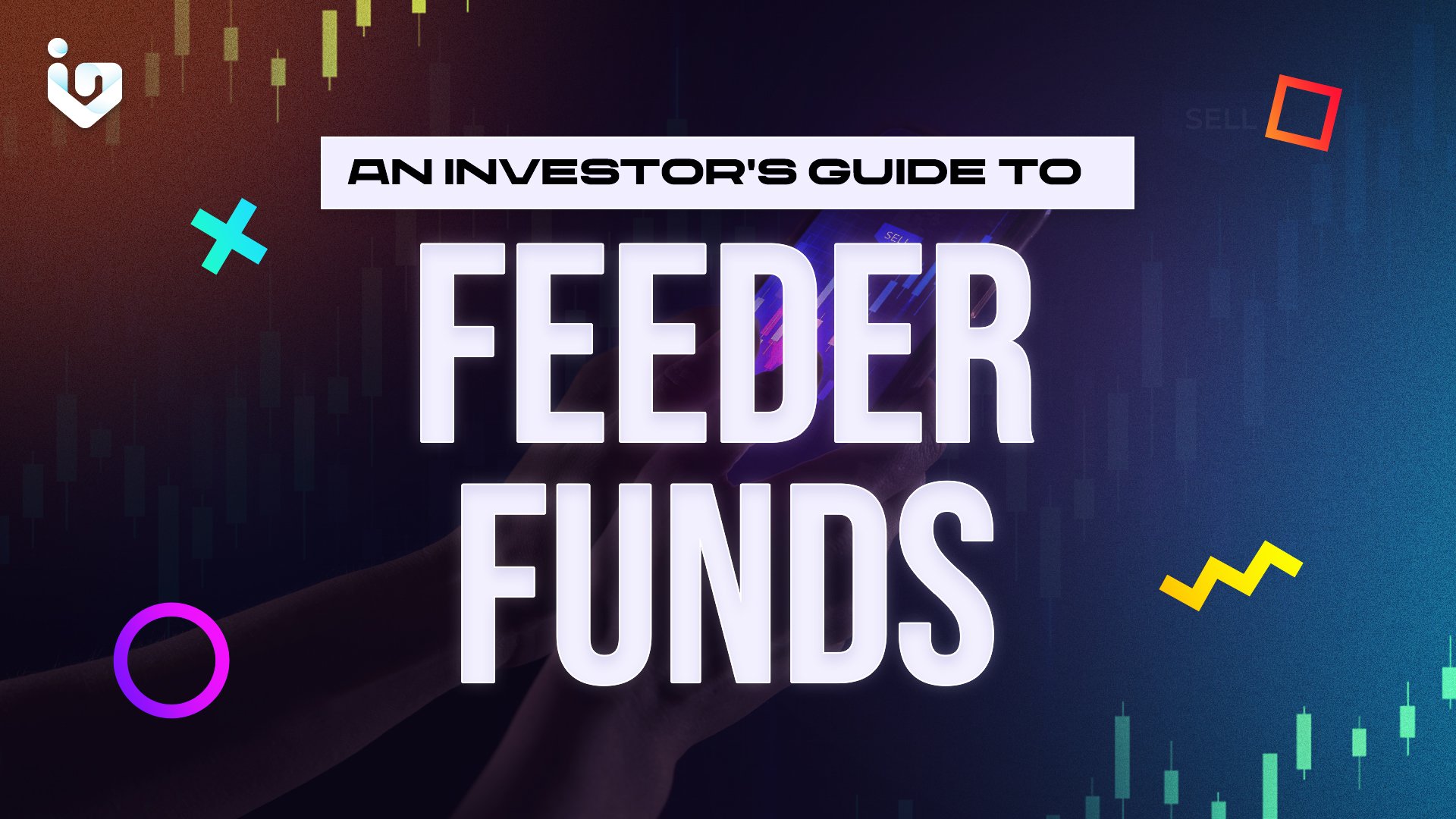In the intricate world of investment, feeder funds stand out. You may have heard of the ATRAM Global Dividend Feeder Fund or even the one from Sun Life. They offer a unique approach to pooling resources. But what exactly are they? Let’s dive deeper
What are Feeder Funds?
Feeder funds are investment vehicles. They gather capital from various investors. This capital then flows into a larger, central fund. This central entity is known as the master fund. The master fund is where the actual investment strategy unfolds.
The concept is simple. Investors place their money into the feeder fund. The feeder fund then channels these resources into the master fund. The master fund, managed by investment professionals, executes trades and investment decisions.
This structure is particularly popular among hedge funds. It allows for the aggregation of assets from different sources. This can include both U.S. and foreign investors. By pooling resources in this manner, feeder funds help in achieving economies of scale. This leads to reduced costs and increased efficiency.
Diving Deeper
The master-feeder setup is a symbiotic relationship. The feeder fund relies on the master fund’s expertise. In return, the master fund gains access to a wider pool of capital. This structure also provides tax benefits. It caters to the needs of diverse investor groups.
Investing in a feeder fund is akin to investing in the master fund. The performance and objectives of both are aligned. Profits are shared proportionally among investors in the feeder fund. This ensures that each investor benefits from the master fund’s success.
Things to Take Note
Feeder funds are not without their complexities. They often involve layers of fees. These can eat into the returns for investors. It’s crucial for potential investors to understand these costs. They must weigh them against the potential benefits.
The feeder fund structure also raises questions of transparency. Investors may not have direct insight into the master fund’s operations. This can be a concern for those who prefer a hands-on approach to their investments.
Why You Should Consider Feeder Funds
Despite these concerns, feeder funds remain a staple in the investment world. They offer a path for investors to access sophisticated strategies. These strategies might otherwise be out of reach.
For individual investors, they can be a gateway. They provide entry into high-level investment opportunities. However, it’s important to note that these funds are often reserved for accredited investors. These are individuals with significant income or net worth.
Last Remarks
Feeder funds play a pivotal role in modern finance. They offer a collective investment model. This model can lead to greater financial opportunities. Yet, they require careful consideration. Investors must assess the risks and rewards. They must also consider the costs and level of control they desire.
Feeder funds are a testament to the innovation in the financial sector. They reflect the evolving nature of investment strategies. As the market grows more complex, so do the mechanisms to navigate it. These funds offer a collaborative approach to investment. Feel free to check out the different feeder funds you can invest in here.
